The story of a special forces soldier on duty in Thailand
(Baonghean) - The victory on April 30, 1975 ended the resistance war against the US to save the country. But for special forces soldier Nguyen Khac Nga - the person who directly destroyed enemy aircraft at the hideout, the war still lasted more than 3 years later...
Searching for the history of Special Forces Group 1
The book “History of Special Forces Group 1” (pages 52 and 53) has a passage: “On the night of October 2 to 3, 1972, Group A54 attacked airport 372. The force participating in the battle had 11 people organized into 2 combat teams and 1 team to open the door. The first team consisted of 4 people, commanded by comrade Nguyen Khac Nga, to attack the aircraft...
Two combat teams calmly and confidently entered the target and placed more than 30 timed mines in the most vulnerable places of the aircraft, fuel depots, and generators. At 2 a.m. on October 3, explosives in the airport exploded continuously. The aircraft and fuel depots caught fire. As a result, we destroyed or damaged 23 aircraft of various types, 1 generator, and burned 1 fuel depot.
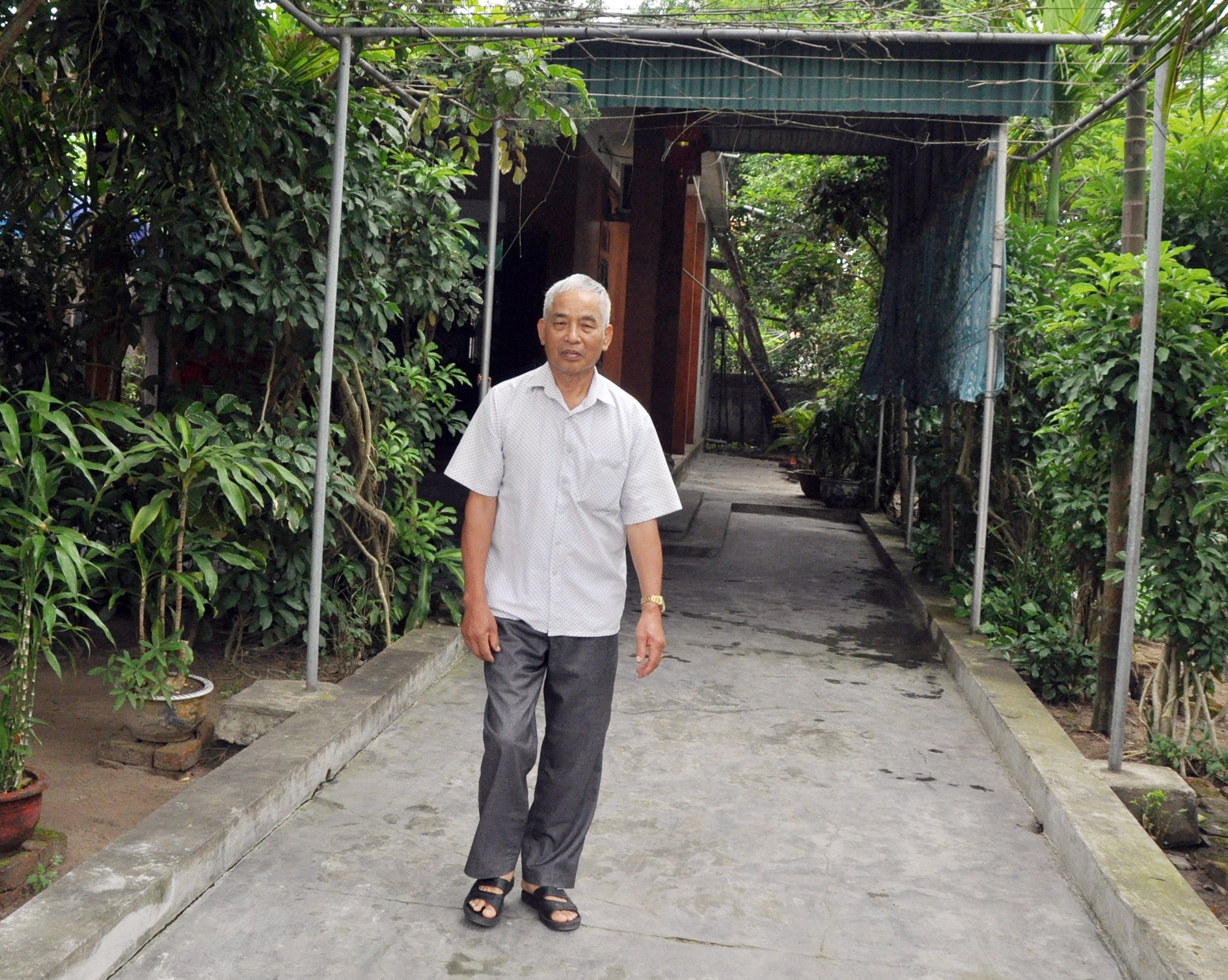 |
| Veteran Nguyen Khac Nga cannot forget his days of duty in Laos and Thailand. Photo: Cong Kien |
On our side, when the retreating troops were discovered by the enemy, they used heavy firepower to fire at the formation and blocked the door, causing 3 soldiers to die. Comrade Nguyen Khac Nga was captured by the enemy with 8 wounds on his body...
In April, when the whole country was looking forward to the 45th anniversary of the liberation of the South, we had the opportunity to meet and talk with Mr. Nguyen Khac Nga - the person who participated in destroying American planes at the hideout in Thailand.
In a small house in block 1, Thu Thuy ward (Cua Lo town), the former special forces soldier shared: “In 1965, at the age of 18, I joined the army, belonging to the 324th Division, fighting in the Quang Tri battlefield. After that, I was sent to the North to train as a special forces soldier and then deployed to operate in Laos and Thailand. I was captured by the enemy during the battle at airport 372 in Thailand, and it was not until 1978 that the two countries negotiated to return me that I was able to return...”.
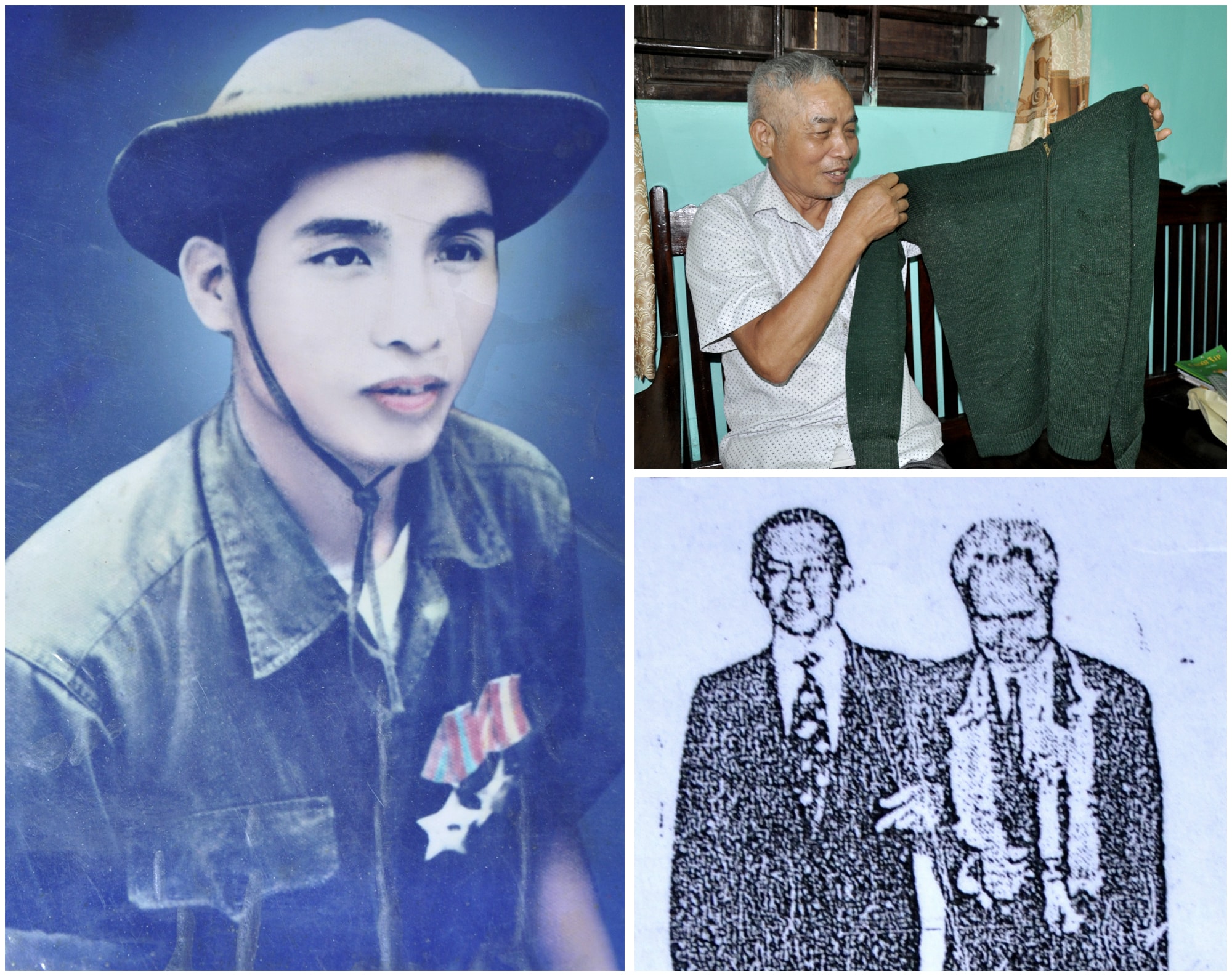 |
| Nguyen Khac Nga's wartime mementos include a portrait, a sweater given by the Vietnamese Embassy before he left Thailand, and a photo of Prime Minister Pham Van Dong and the Thai Prime Minister cut out from a Thai newspaper. Photo: NVCC |
The commando soldiers in the field (Laos and Thailand) are often divided into groups of about 10 people, operating independently and of course with little support from the rear. Mr. Nga and his comrades in the A54 Group go through forests, wade through streams, and cross the Mekong River during flood season to capture targets, wear down enemy forces and build bases.
And eating bamboo shoots, wild vegetables, and banana roots instead of rice was a daily occurrence. To fool the enemy, these soldiers could disguise themselves as mendicant monks, tourists, or local farmers...
Joy burst in prison
At the end of 1972, to put pressure on the conference table in Paris, the US plotted to use a large number of aircraft, including the "B-52 Flying Fortress" at bases in the Pacific and Thailand to attack Hanoi and some provinces and cities in the North. Predicting the enemy's plot, we decided that in addition to the air defense force - air force intercepting aircraft in the skies of the North, we would use special forces to attack enemy aircraft right in their lair.
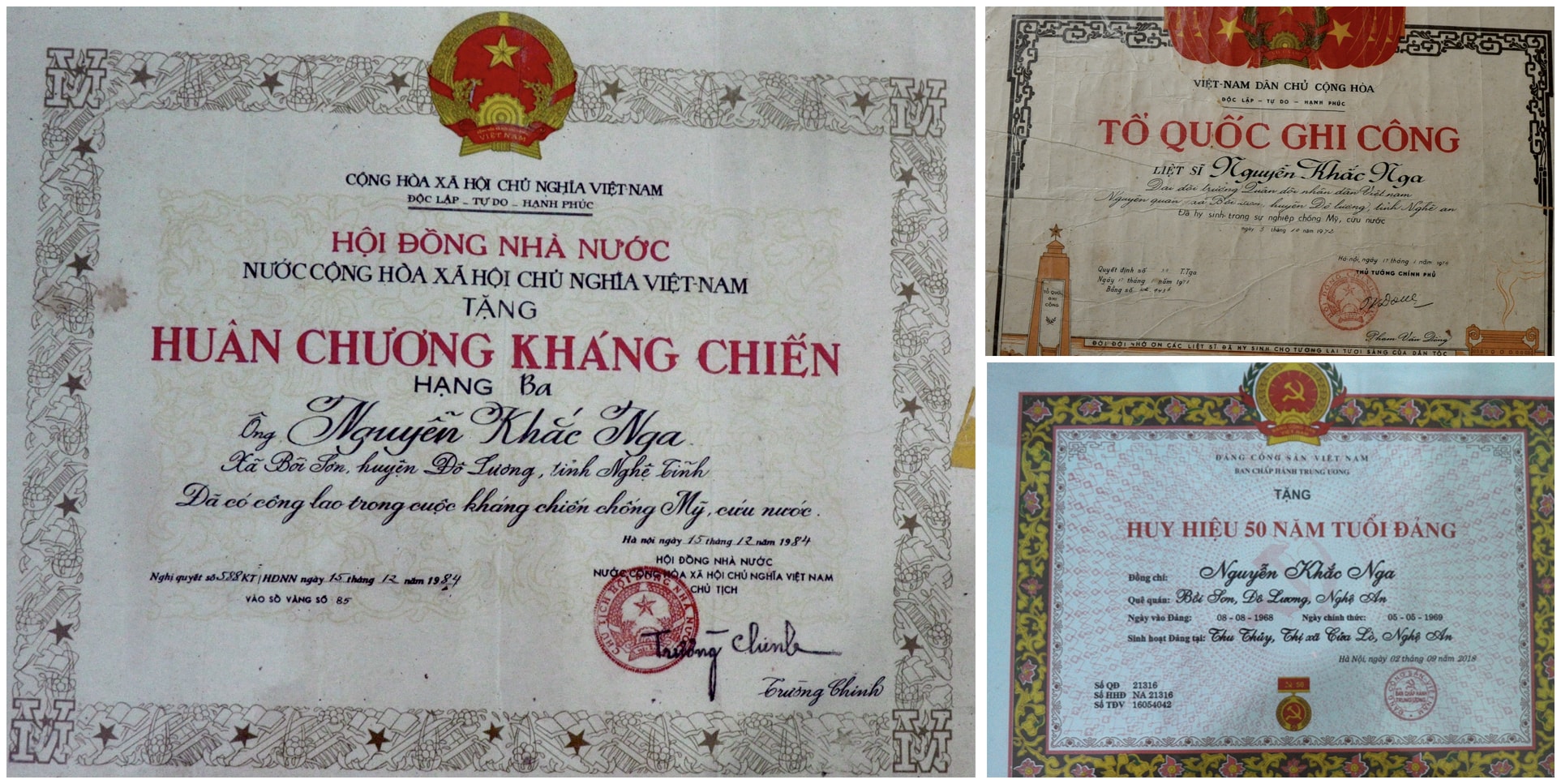 |
| Brave and intelligent in combat, soldier Nguyen Khac Nga was awarded many medals and noble titles. Notably, when he was captured by the enemy, his unit reported his death to his family. When he was returned to his country, he learned that he had a "National Merit Certificate". Photo: Cong Kien |
The aircraft systems at the US bases in Thailand were the target of destruction by the A54 Group. With the spirit of intelligence, bravery, not afraid of hardship and sacrifice, the special forces attacked the US air bases in Thailand. Typical examples were the raids on the T90 and T99 airports, especially the attack on the 372 airport commanded by Mr. Dao Duc Hanh, with Mr. Nguyen Khac Nga commanding the first group to carry out the mission of destroying the aircraft.
Returning to the developments of the raid on airport 372, after being captured by the enemy, Mr. Nguyen Khac Nga was treated for his wounds to extract information. The book "History of the Special Forces Group 1" continues to write about the son of Nghe An: "After being questioned many times by the enemy, Nguyen Khac Nga's only answer was: I, a soldier of the Vietnamese People's Army, went to attack the American base, because the US used planes and bombs at this base to attack Vietnam, killing my people."
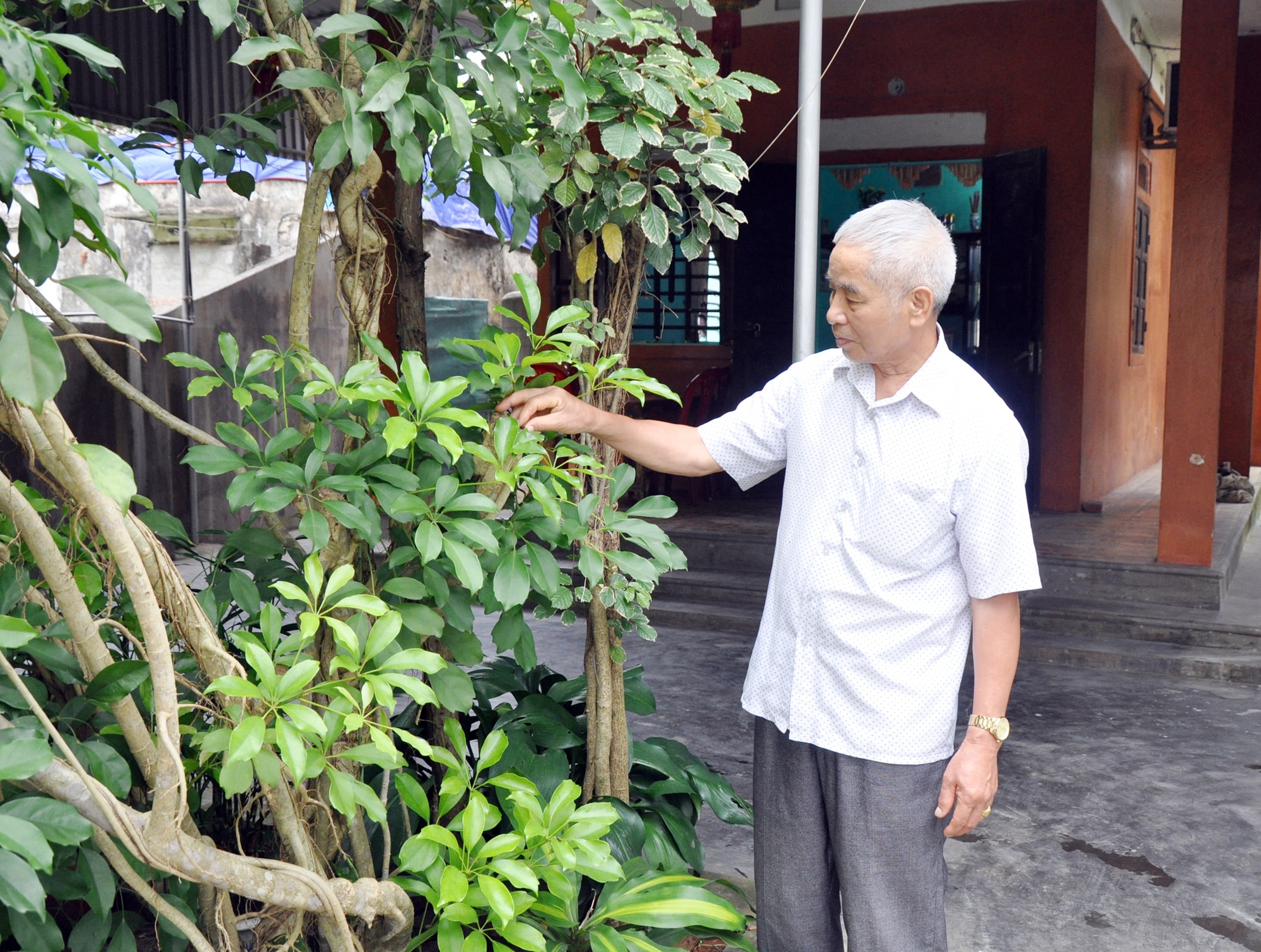 |
| Returning to normal life, Mr. Nguyen Khac Nga continues to participate in social work and take care of family life. Photo: Cong Kien |
Unable to extract information, the enemy pushed the steadfast soldier into a dark dungeon, continuing to use physical torture to torture him. For two years, he was confined to a 2m2 room, without sunlight. It was not until 1974, when the US military left Thailand and handed over the prisoners to the country, that Nguyen Khac Nga was allowed to leave solitary confinement, see the sunlight, interact with other prisoners, and his activities were relaxed.
Mr. Nga said: “At noon on April 30, 1975, Tran Huu Hiep (same unit A54, captured in another battle - PV) and I turned on the radio, tuned to the Voice of Vietnam and heard the news that Saigon had been liberated. The two brothers hugged each other, bursting with joy, both cheering and crying, because we knew that sooner or later we would be able to return to our beloved Fatherland. The good news spread to other rooms, the Thai prisoners, then the Thai soldiers also cheered, followed by overseas Vietnamese coming to visit and congratulate...”.
But it was not until three years later, when Prime Minister Pham Van Dong went to negotiate with the Thai Government, that Mr. Nga and Mr. Hiep were returned. It is impossible to describe the joy and emotion when stepping onto the plane at Bangkok airport with the delegation of the Ministry of Foreign Affairs.
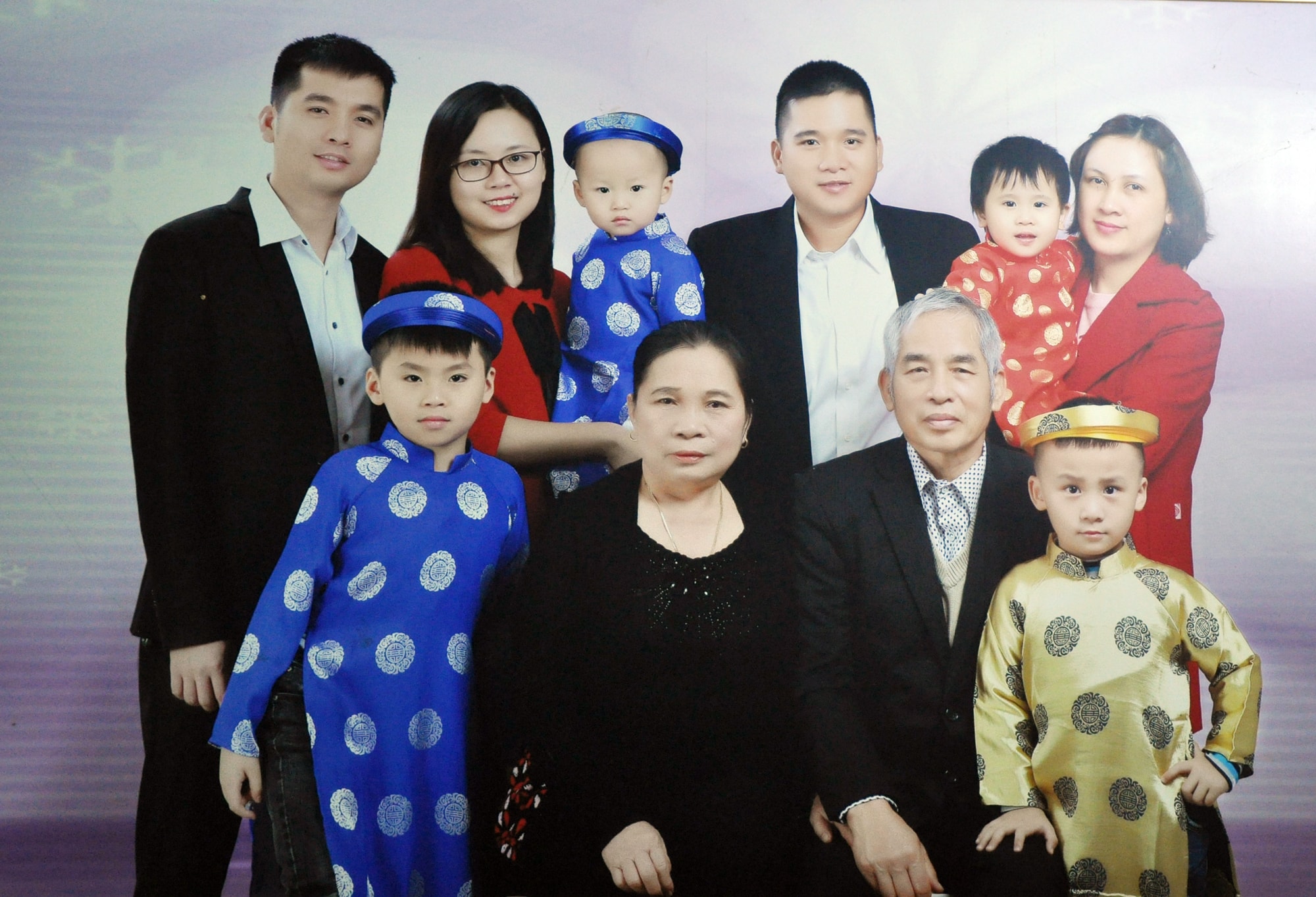 |
| The joy of Mr. Nguyen Khac Nga's family reunion. Photo: NVCC |
Setting foot in the capital Hanoi, the brave and courageous soldier burst into tears like a child seeing his mother after a long time... Returning home, he learned that he had become a "martyr", the unit had sent a death notice to his family 6 years ago.
To this day, Mr. Nguyen Khac Nga still keeps the photo of Prime Minister Pham Van Dong and the Thai Prime Minister shaking hands after the meeting, which was published in a Thai newspaper. And a sweater given by the Embassy, along with wounds all over his body.
Mr. Nguyen Trong Thanh - Chairman of the Association of Revolutionary Soldiers Captured and Imprisoned by the Enemy said: "Comrade Nguyen Khac Nga is now 52 years old in the Party, has achieved many feats in combat, was captured and tortured by the enemy but still maintained his integrity. Returning to normal life, he lives a simple, sociable and loyal life to his comrades."

